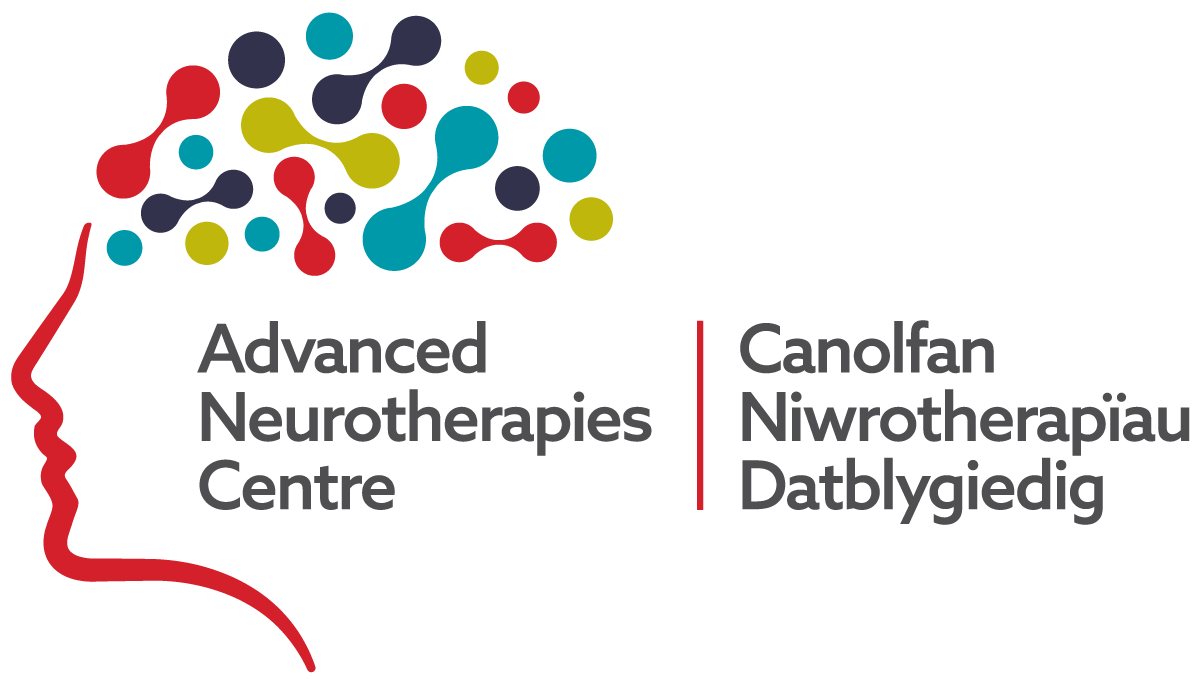Meet the researcher: Susruta Manivanan
As a Clinical Research Fellow in Neurosurgery, Susruta is working on identifying strategies for optimising the effective delivery of cell and gene-therapies to the brain, under the supervision of Professor Liam Gray.
About me
I am a neurosurgical trainee currently taking time out of my programme to develop my academic training with the BRAIN Unit.
I was keen to return to BRAIN’s excellent environment for translational neurosurgical research, having completed my undergraduate and early-postgraduate medical training at Cardiff University.
The research
Cell and gene-based therapies, collectively known as advanced therapy medicinal products (ATMPs), are expected to revolutionise the treatment of neurological disorders in the upcoming future.

Following decades of pre-clinical investigation, we are at an exciting transition towards ATMPs entering clinical transplantation trials for debilitating neurological disorders such as Huntington’s Disease (HD), Parkinson’s Disease (PD) and temporal lobe epilepsy (TLE). In such diseases, ATMPs must be delivered surgically to specific targets within the brain.
Initially considered to be a trivial problem, achieving effective direct delivery is now recognised as a significant obstacle to treatment success. This is due to the hostile micro-environment arising from a complex combination of surgical delivery, the pre-existing disease, and the patient’s immune response to ATMPs.
Our research is focused on understanding how these inter-related factors can be modified to ensure that ATMP efficacy is maximised. This will require investigation using a series of different models.
Firstly, we will use a transgenic HD model to identify pro-inflammatory cell signalling pathways that are activated after surgical delivery procedures. We can then study the effects of modifying signalling pathways anticipated to have negative effects on ATMP success.
Secondly, we will use an established three-dimensional cell culture model (‘Hi Spot® model’), generated from human brain tissue collected from patients undergoing specific neurosurgical procedures. Comparing ATMP delivery in ‘control’ cortical Hi Spots with sclerotic hippocampal Hi Spots can provide valuable insight into the innate immune response to ATMPs in the inflamed micro-environment.
Research implications
We anticipate that this work will answer crucial questions regarding the ‘science of ATMP delivery’ and pave the way towards more successful treatment of currently incurable neurological disorders in the upcoming era of regenerative neuroscience.



